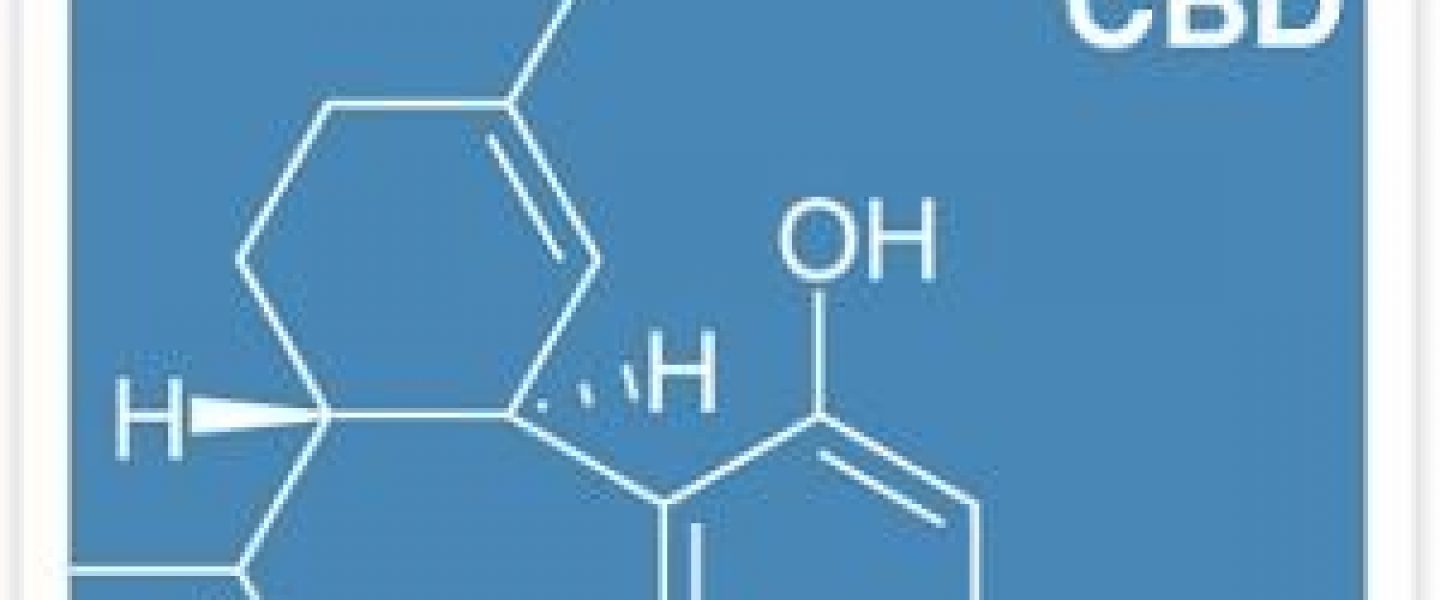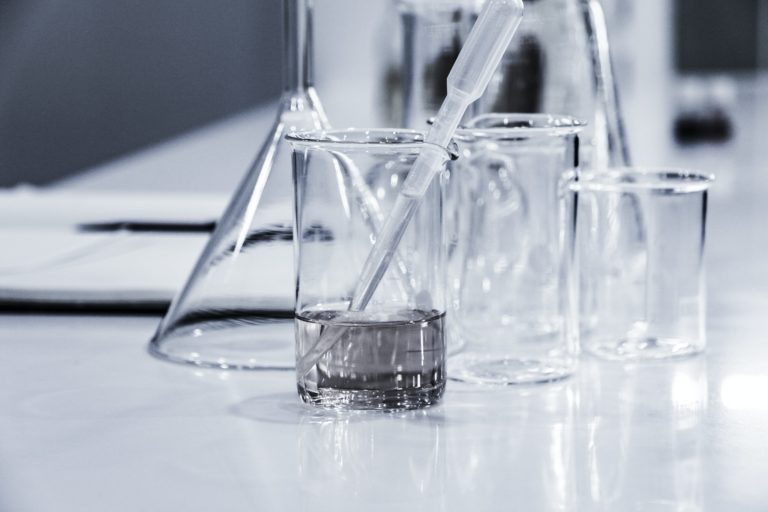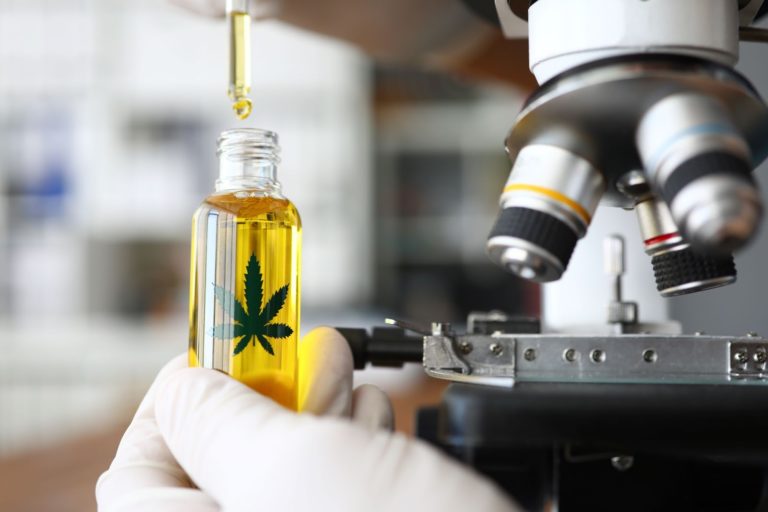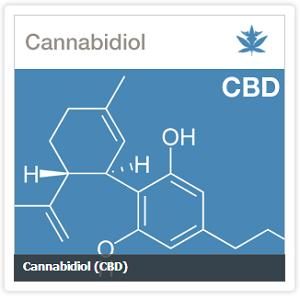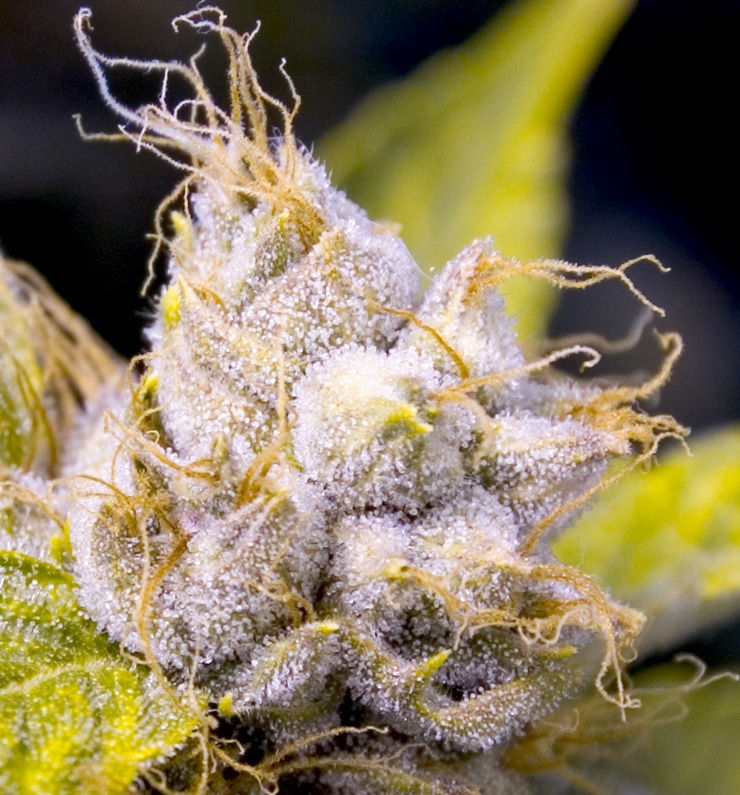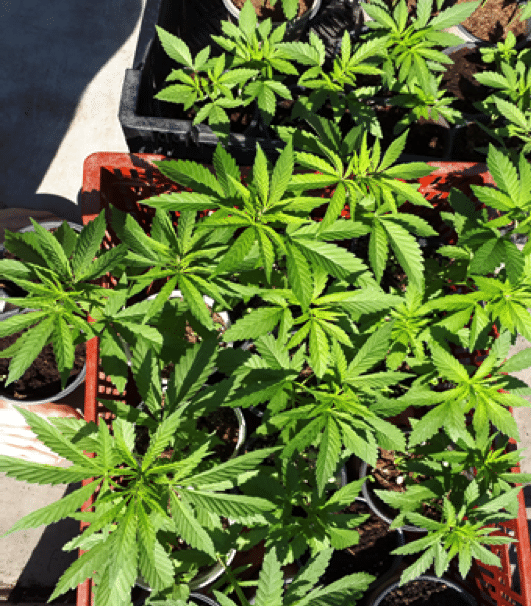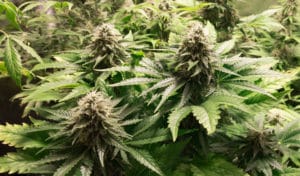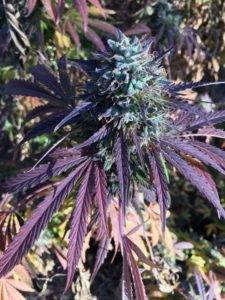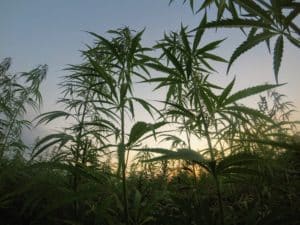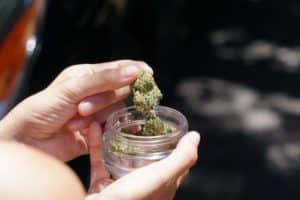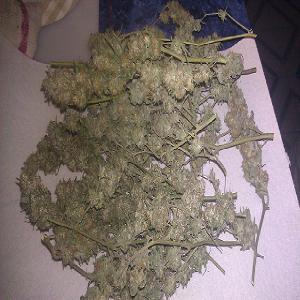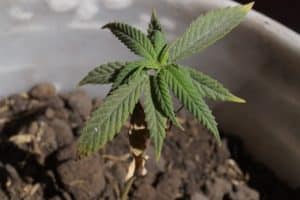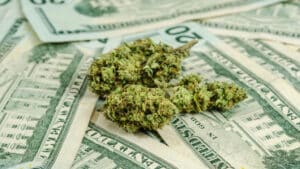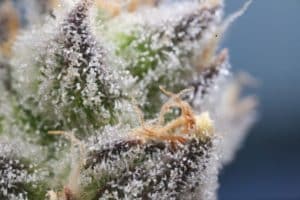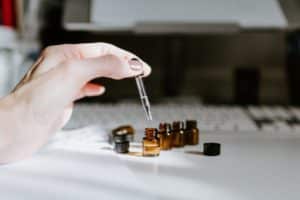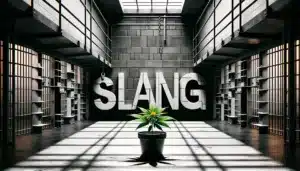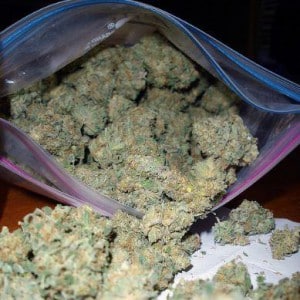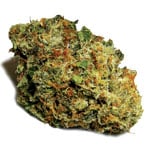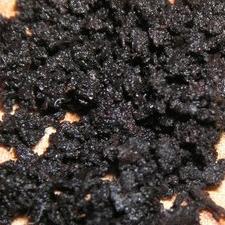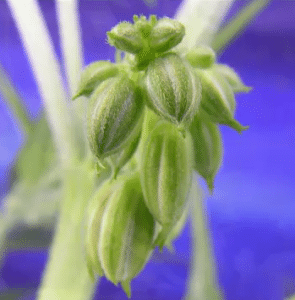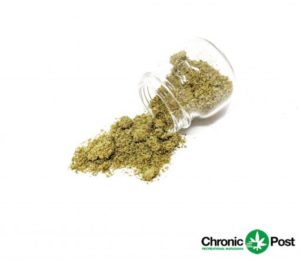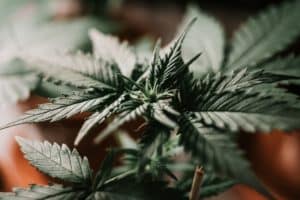What Is The Difference Between Tetrahydrocannabinol (THC) And Cannabidiol (CBD)?
The cannabis plant contains dozens of cannabinoids. The most well known cannabinoid for a long time has been tetrahydrocannabinol (THC), but as more scientific research is conducted involving cannabis and its ability to be used as a medicine, more and more people are learning about other cannabinoids, expecially cannabidiol (CBD). The last couple of years interest in CBD has grown exponentially, as it’s been featured on numerous television episodes showing how well it works in treating people who suffer from severe epilepsy. One of the most common questions I get asked these days is ‘what is the difference between THC and CBD?’
The most important thing that I try to get people to grasp is that THC will get you high (assuming you consume enough of it) and CBD will not. THC has psychoactive properties that affect your brain and give you a ‘buzz’ while CBD does not. I have talked to many, many people that avoided medical cannabis at all costs simply and only because they didn’t want to be high all the time. Once they understand that there are dozens of cannabinoids, and that they all don’t get you stoned (specifically CBD), they are much more open to the idea of trying medical cannabis.
A brief description of THC is below, via Wikipedia:
Tetrahydrocannabinol (THC), or more precisely its main isomer (−)-trans-Δ9-tetrahydrocannabinol ( (6aR,10aR)-delta-9-tetrahydrocannabinol), is the principal psychoactive constituent (or cannabinoid) of the cannabis plant. First isolated in 1964 by Israeli scientists Raphael Mechoulam and Yechiel Gaoni at the Weizmann Institute of Science[8][9][10] it is a water-clear glassy solid when cold, which becomes viscous and sticky if warmed.
For a more thorough description, watch the video below, courtesy of SC Labs:
A brief explanation of CBD is below, via Project CBD:
Cannabidiol — CBD— is a cannabis compound that has significant medical benefits, but does not make people feel “stoned” and can actually counteract the psychoactivity of THC. The fact that CBD-rich cannabis doesn’t get one high makes it an appealing treatment option for patients seeking anti-inflammatory, anti-pain, anti-anxiety, anti-psychotic, and/or anti-spasm effects without troubling lethargy or dysphoria.
For a more thorough description, watch the video below, courtesy of SC Labs:
To sum up, if you want to get high, consume strains or products made from strains that are high in THC. If you don’t want to get high, but want to still get the medical benefits of cannabis, consume strains or products made from strains that are high in CBD. Be aware that all cannabinoids (THC, CBD, and beyond) have a medical benefit, and it’s important to research which strains contain which levels of cannabinoids, and what cannabinoids are best suited for the particular conditions you are trying to treat. I will be writing more articles moving forward on what strains work best for what conditions.
It’s worth noting that just because someone claims that ‘X’ strain is known to have a certain percentage of THC and CBD, doesn’t mean that every plant ever produced of that strain will always have those percentages and ratios of THC and CBD. Different grow methods and factors can change those levels, so always make sure what you are buying has been tested by a reputable testing facility if cannabinoid levels are important to you.
A good way to consume CBD without any THC is trough CBD Oil.


